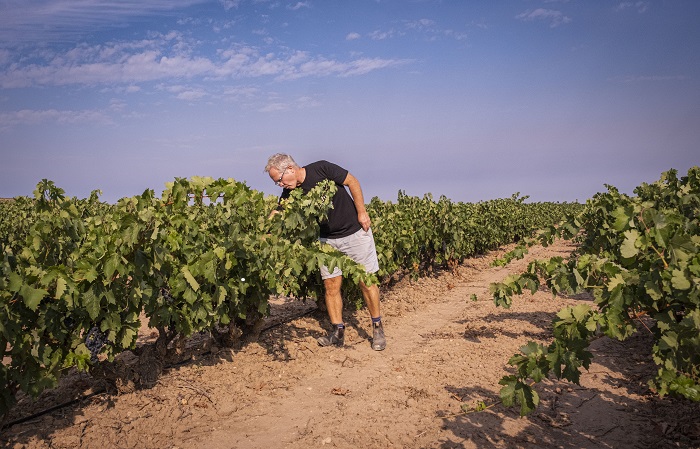
My first professional visits to Rioja were in 1994 & 1995, coinciding with two vintages that were subsequently highly lauded, and still capable of delivering delicious wines today. I vividly recall stepping off the plane at Bilbao airport and being greeted by that unmistakably Spanish waft of rich, musky tobacco. Those visits were the catalyst for a career-long love-affair with a region that many call the most under-valued fine wine region in the world.

Much has changed since then, including the ubiquitous presence of tobacco, and in Rioja too, things are changing for the better. This beautiful region which spans 120 kilometers West to East, defined by the Sierra Cantabria to the North and by the Sierra de la Demanda to the South, has a winemaking history that dates back to the bronze ages. Divided by the mighty Rio Ebro, it possesses a unique light which, when the vines are resplendent in their autumnal hues, provides some of the most breathtaking views in the world of wine.
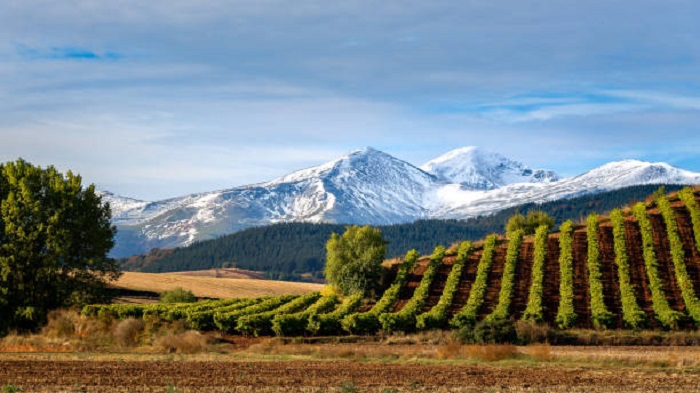
Its modern history has been built upon a quality system which relies on time in barrel rather than quality or provenance of fruit sourcing. This time-honoured system has, without a doubt, produced many world-class wines from revered producers steeped in history – but it has not necessarily highlighted the incredible diversity that this region could offer.
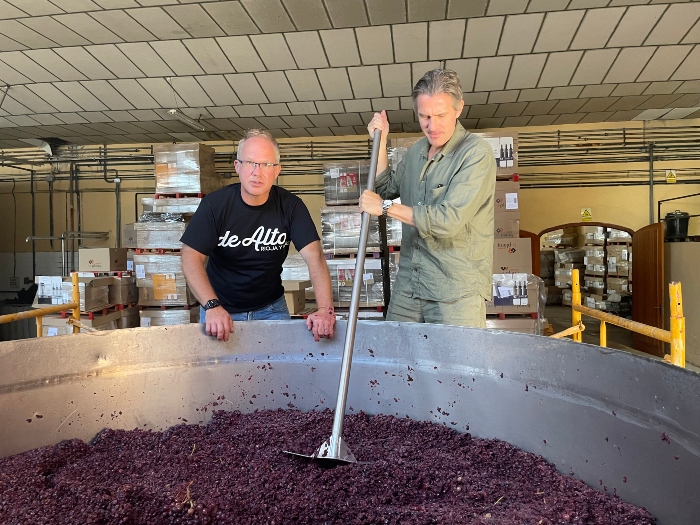
While consumers were trained to buy solely on age and time in oak, the need or in fact the ability, to say anything more detailed on fruit quality or sourcing was restricted. With very few single estate wines and most producers relying on a mention of zone ( Rioja Alta, Alavesa or Oriental) at most, there was little opportunity to provide more detailed information, as one might find in Burgundy for instance.
That has all changed now, with the Consejo Regulador, finally giving in to calls for much greater detail to be allowed on labels. Now, we are allowed to mention the name of a single vineyard or the village (pueblo) from which the fruit was sourced. Indeed, some of the most exciting wines in Rioja are now coming from producers who are eschewing Rioja’s traditional quality system and concentrating more on beauty of individual sites.
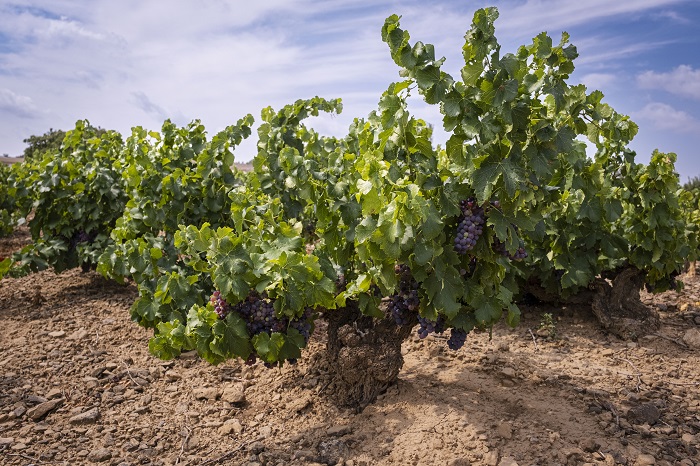
Of course, provenance doesn’t always guarantee quality, and there will continue to be world-class wines made from the traditional producers, but with this new exploration of Rioja’s diverse terroirs, it is not unreasonable to think that the best wines from Rioja are still to be made.
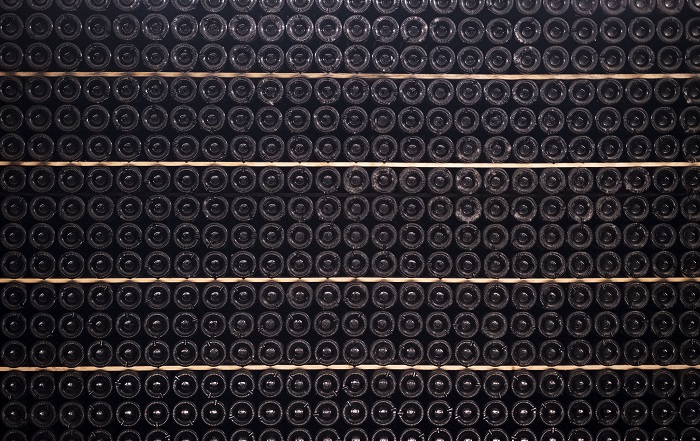
By Giles Cooke, MW
Born in England but raised in Scotland, Giles Cooke MW entered the wine trade having completed a degree in History. Since then, he has worked in sales, marketing and buying before turning his hand to winemaking in Australia and in Spain. Winemaker for the revered Thistledown Wines in South Australia, Giles has, more recently returned to the region he first fell in love with, Rioja, where he makes deAlto. An MW of the 2001 vintage, Giles’s approach to winemaking is instinctive, subtle and fruit focussed.

